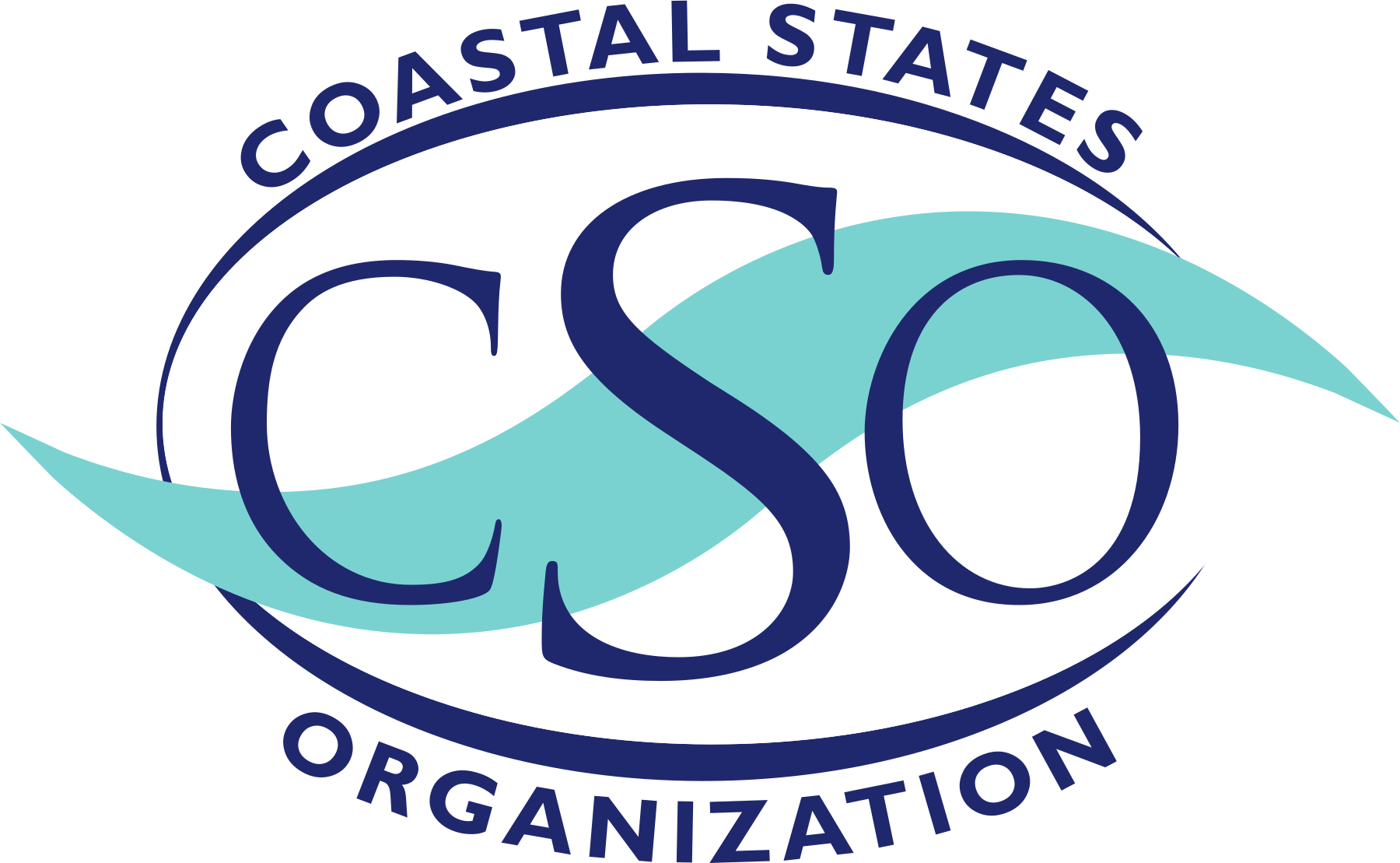Project Profile: Sediment Regulations Project
Project Partners: U.S. Army Corps of Engineers Institute for Water Resources, American Shore and Beach Preservation Association, and CSO
Project Type: Policy, Permitting, and Planning
Project Status: Complete – Rollout
Project Region or Location: National analysis and regional scale analysis for: Southwest, Mid-Atlantic, New England, Great Lakes, Gulf of Mexico, and West Coast and the Pacific Islands
What is Regional Sediment Management
Project Description:
Read the final report here!
This project aims to highlight coastal program successes in regional sediment management (RSM) and elevate effective regional sediment management policies in the national spotlight. Many states and federal agencies have prioritized implementation of RSM principles and are increasingly pursuing Beneficial Use of Dredged Materials (BUDM) opportunities, recognizing the cost savings and beneficial ecological outcomes these projects make possible. But challenges still remain. This project, funded by USACE Institute for Water Resources, aims to focus on the perceived challenge of conflicting state and federal policies and regulations around how dredged sediment can be used beneficially. To achieve these goals, ASBPA and CSO are working with coastal states, USACE, and key stakeholders to conduct a comparative policy analysis of state RSM policies and develop recommendations and best practices through expert interviews and regional practitioner workshops.
Stakeholders:
State Coastal Management Programs, local coastal planners, environmental NGOs, and participants in the dredge and coastal restoration industries.
Project Components and Timeline
This project consists of four primary components:
(1) Regional workshops with state, federal, and local coastal officials, as well as industry and NGO stakeholders, to share, promote, and understand RSM & BUDM implementation challenges and success stories.
The following workshops have been completed:
- November 15, 2021 – Southeast Region Workshop
- January 17, 2022 – New England Region Workshop
- February 24, 2022 – Great Lakes Region Workshop
- April 25, 2022 – Gulf of Mexico Region Workshop
- June 13, 2022 – Mid-Atlantic Region Workshop
- July 2022 – Pacific Islands Region Workshop
- September 13, 2022 – West Coast Region Workshop
(2) A comparative policy analysis of coastal state, territory, and federal regulations on sediment movement and placement, presented in White Paper format, for use at workshops, including
- A profile summarizing each coastal state and territories’ sediment placement regulations and policy, and
- Focused discussion questions on regulatory implementation and the scientific basis underlying policy priorities that will be addressed in the workshop.
The National White Paper is available here.
(3) Success stories highlighting states’ most effective regulations and practices furthering RSM and BUDM. The focus is on overcoming policy and regulatory hurdles in order to improve the systems approach to cooperative federal/state sediment management.
(4) A final report on effective uses of sediment regulations to implement beneficial use of dredged material, synthesizing White Paper findings with lessons learned from workshop participants. The report is tailored to an audience of coastal managers, stakeholders and policy makers. The final report was released on March 1, 2023.
